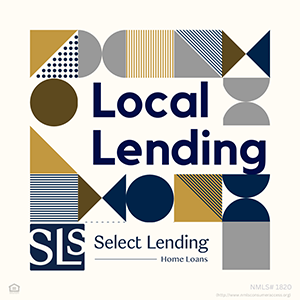
How to Save for Retirement If You're Self-Employed
Working for yourself comes with a lot of responsibilities—and funding a retirement plan should be one of them. After all, if you don’t think ahead to your retirement, who will?
Payroll deductions and 401(k) retirement plans set up by employers make it easy for workers at 9-to-5 jobs to contribute to retirement plans. But for the self-employed, it can be more of a challenge simply because there’s no one to do it for you.
Here are some ways to take the process of funding a retirement plan into your own hands:
Traditional or Roth IRAs
If you’re just starting out or saving less than $55,000 a year, a traditional or Roth IRA is a good option. If you’re leaving a job to start a business, you can roll your old 401(k) into an IRA.
As of 2018, the annual IRA contribution limit is $5,500, plus $1,000 catch-up contribution if you’re 50 or older. The Roth IRA has income limits for eligibility, meaning that those who earn too much can’t contribute.
With a variety of differences between the two, depending on your situation, one may prove to be a better choice for you.
For example, a Roth IRA might be best if your business isn’t making much money. While there’s no immediate tax deduction for a Roth IRA, withdrawals are tax-free in retirement when your tax rate is likely to be higher. In addition, a Roth IRA doesn’t require withdrawals at a specific retirement age.
On the other hand, a traditional IRA offers immediate tax deductions on contributions, and ordinary income taxes on withdrawals at retirement must be paid. You must start withdrawing from a traditional IRA when you retire or reach age 70-and-a-half.
Solo 401(k)
For the self-employed or a business owner with no employees, except a spouse, a solo 401(k) plan is a good way to save a lot more money for retirement than through an IRA. A solo 401(k) is like the 401(k) retirement plan you may have had when you worked full-time for someone else but is operated and used by a single person.
As of 2018, the contribution limit is up to $55,000 (plus $6,000 in catch-up contributions if you’re 50 or older), or 100 percent of earned income, whichever is less. Being self-employed basically allows you to contribute to the plan twice, or double the limits in a traditional 401(k) plan, as both an employee and employer.
As an employee to yourself, a solo 401(k) allows you to contribute up to all of your compensation or $18,500, whichever is less. As the employer who administers the plan, you can match contributions of up to 25 percent of compensation.
The tax advantages are the same as a standard, employer-offered 401(k). Contributions are made pre-tax, and distributions after age 50-and-a-half are taxed.
SEP IRA
A Simplified Employee Pension Individual Retirement Arrangement (SEP IRA) is best if you have few employees or none altogether.
The 2018 contribution limit is the lesser of two options: $55,000 or up to 25 percent of compensation or net self-employment earnings, with a $275,000 limit on compensation that can be used to factor the contribution. Net self-employment income is net profit less half your self-employment taxes paid and your SEP contribution. No catch-up contributions are allowed.
For tax purposes, either the contributions can be deducted from your taxes, or 25 percent of the net self-employment earnings or compensation can be deducted. Distributions in retirement are taxed as income.
This article is intended for informational purposes only and should not be construed as professional or legal advice.



